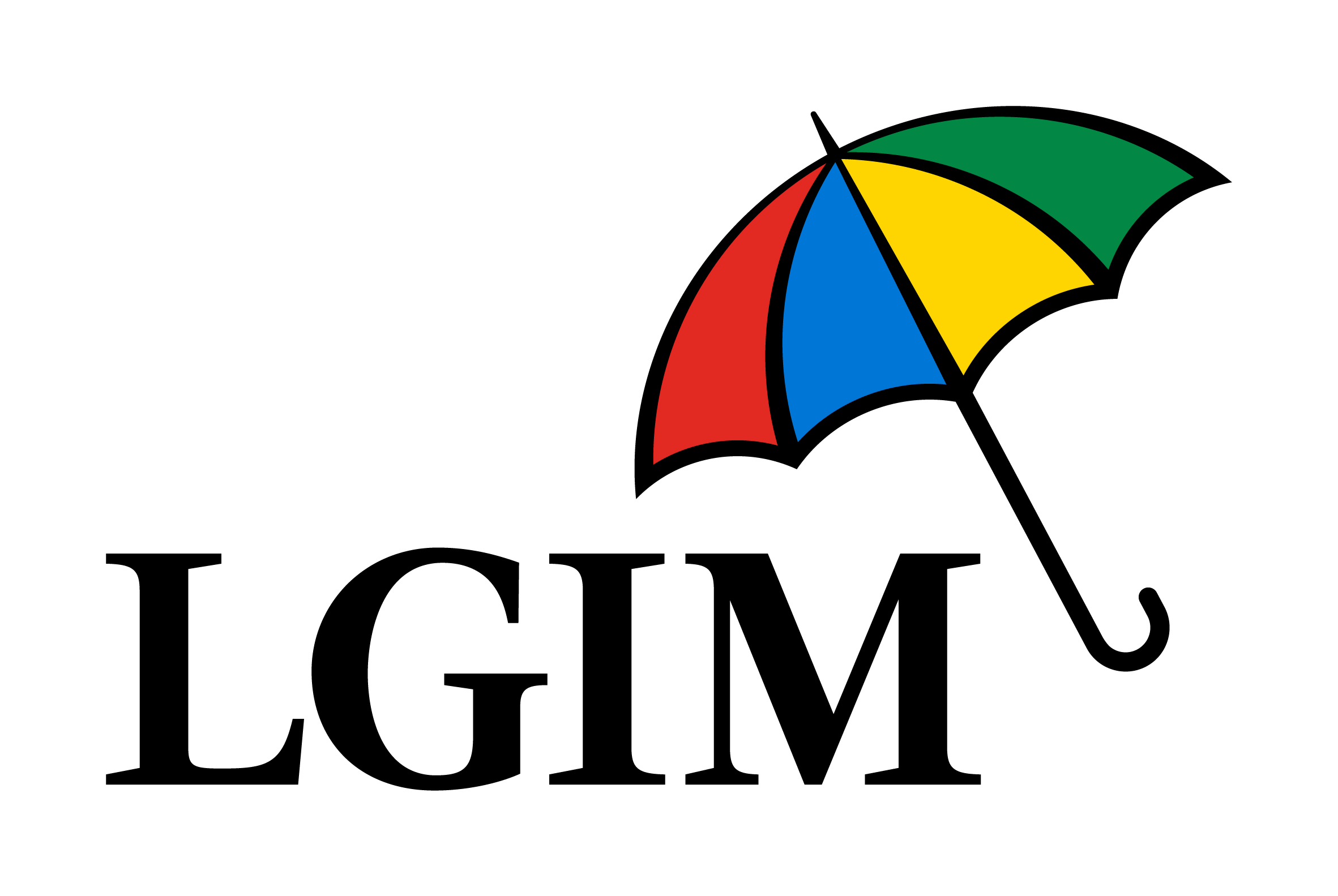Three metaverse ETFs from established issuers launched in as many days in September, with Europe’s product line-up targeting the hard-to-define theme extending to five strategies.
Metaverse strategies wrapped in ETF format in Europe started in March with HANetf and ETC Group partnering with Solactive to launch the $5m HANetf ETC Group Global Metaverse UCITS ETF (METR), narrowly pipping the $2m Roundhill Ball Metaverse UCITS ETF (METV) which launched four days later.
However, after a tough start to life, other ETF issuers held off from launching metaverse strategies – and thematic ETFs generally – during most of summer, until the first week of September when asset managers rolled out 13 new thematic products in five days.
First among these in the metaverse context was the $5m Fidelity Metaverse UCITS ETF (FMTV) which came to market on 5 September. As with the majority of Fidelity’s ETF range in Europe, METV sets itself apart from its peers by tracking an investment strategy built inhouse by its issuer, the Fidelity Metaverse ESG Tilted index.
The product passively tracks its index, with portfolio managers choosing constituents that develop, manufacture and sell “products and services related to establishing and enabling the metaverse”, which it defines as a future state of the internet built upon augmented reality and virtual worlds.
Within this, METV captures companies that pass “theme-specific criteria” and are involved in manufacturing computing hardware, components, digital infrastructure, design and engineering software, gaming, web development, smartphones or wearable technology.
The next day, Franklin Templeton launched its metaverse ETF, the $2m Franklin Metaverse UCITS ETF (FLRA), which offers exposure to the 60 constituents of the Solactive Global Metaverse Innovation Net Return index.
FLRA tracks companies selected by Solactive’s ARTIS natural language processing algorithm, which sifts through financial news, business profiles and company profiles to find candidates that have or will have “significant exposure” to the theme.
These include those engaged in metaverse technology, metaverse platforms, metaverse devices, interchange standards, data processing, blockchain technology and digital asset platforms. Company scoring for theme exposure is based on the prevalence of keywords such as “metaverse” and “virtual reality” within public documents.
In this sense, FLRA’s methodology has some overlap with HANetf’s METR, which also relies on Solactive’s ARTIS algorithm, albeit the latter places more focus on augmented reality and the creator economy.
Finally, just a day later, LGIM unveiled the $2m L&G Metaverse ESG Exclusions UCITS ETF (MTVR) which tracks the iSTOXX Access Metaverse index of 52 stocks.
The benchmark relies on data from Syntax’s Functional Information System to identify companies deriving at least 20% of their revenues form metaverse-related sectors. Reviewed semi-annually, the index is market cap weighted with a maximum allocation of 5% per holding.
Between review dates, the weight of individual companies is revised at the end of each month to ensure no company makes up more than 15% of the index. LGIM said the metaverse represents the next stage of the internet, placing users in shared virtual environment which is “live in its interaction with the real world and affords individuals a sense of social and economic participation”.
Despite the lack of common understanding of what constitutes the metaverse – and the different methodologies for capturing the theme – there is a good degree of overlap between the different strategies on offer. For instance, all allocate almost a fifth of their baskets to blue-chip tech names such as Apple, Alphabet, Meta and Nvidia, while Microsoft appears in two of three of the ETFs.
All also apply ESG screens based on exclusions for controversial business activities. FMTV adds at least 50% of its constituents must maintain sustainable characteristics.
A key difference might be in how the three allocate to different metaverse sectors, with Fidelity’s offering allocating more weight to gaming companies such as Tencent and Nintendo while Franklin Templeton’s FLRA places virtual payments companies Mastercard and PayPal among its top allocations.
Of the three products, FLRA carries the lowest total expense ratio of 0.30%, shy of not only its longer standing metaverse competitors but also the 0.39% charged by LGIM’s MTVR and the 0.50% fee for Fidelity’s FMTV alongside its 0.50% exit charge.
Looking ahead, the barrage of metaverse launches this year seems to indicate this is the new ‘must-have’ for thematic issuers. It will be interesting to see whether others such as BlackRock, Invesco, First Trust and Rize ETF follow suit, or whether the modest $16m amassed collectively by the existing strategies will make them focus their efforts elsewhere.
This article first appeared in ETF Insider, ETF Stream's monthly ETF magazine for professional investors in Europe. To access the full issue, click here.
Related articles








